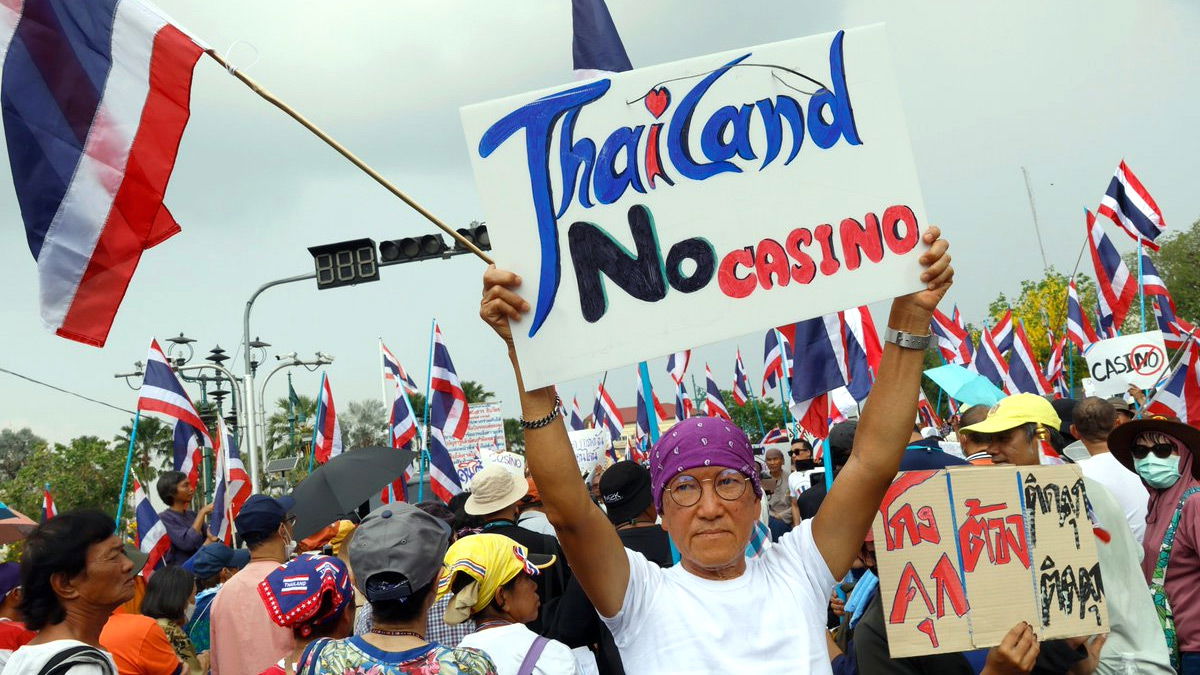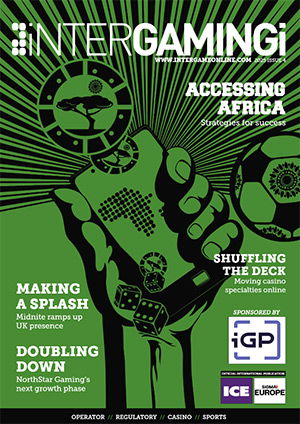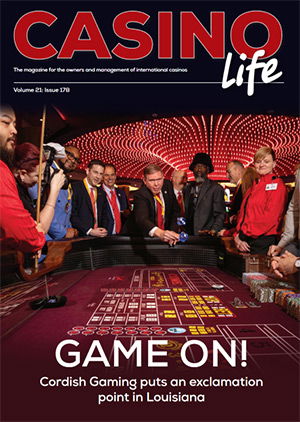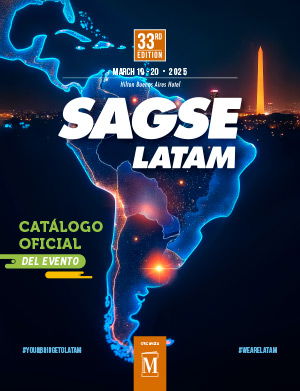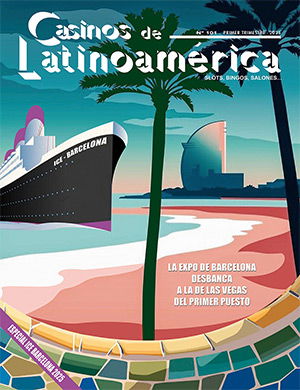First casino being built in Russian Far East gambling zone

Under a 2007 law, which came into force on July 1, 2009, casinos and other gaming establishments can operate only in four remote areas designated for gambling: in the Baltic exclave of Kaliningrad, south Siberia's Altai Territory, Primorye in the Far East, and in southern Russia near the Sea of Azov. As of July 2012, Russia’s only two legal casinos operated in the Azov gambling zone.
The first stage of the Primorye gambling zone project, due to be completed by 2015, is supervised by the region’s governor Vladimir Miklushevsky.
According to the governor, the gambling zone will serve as an “anchor” for developing the region’s tourism infrastructure. “The gambling zone itself is not the most important thing, but it is like an anchor. In the modern tourism business, income from the gambling zone itself makes from 30 to 40 percent of all tourism revenues. The rest comes from other sources, such as amusement parks and shopping centers,” he said.


